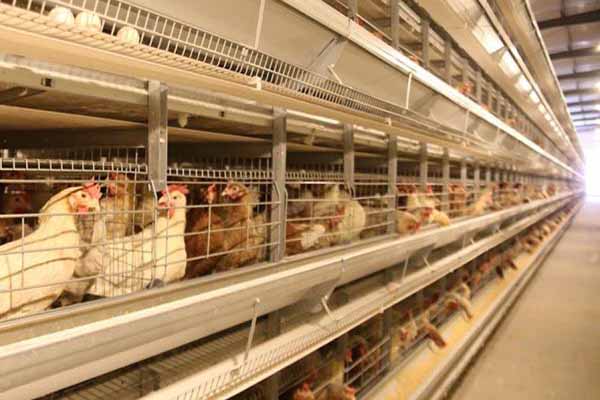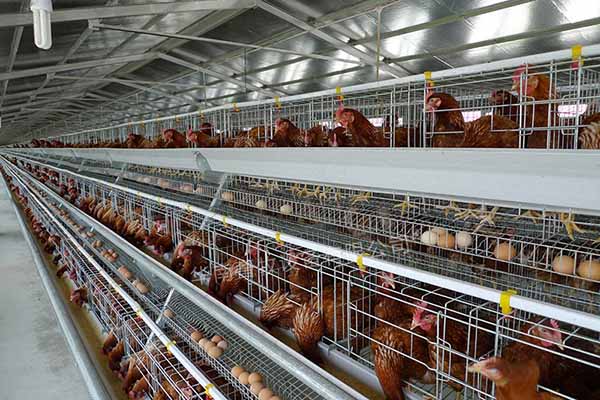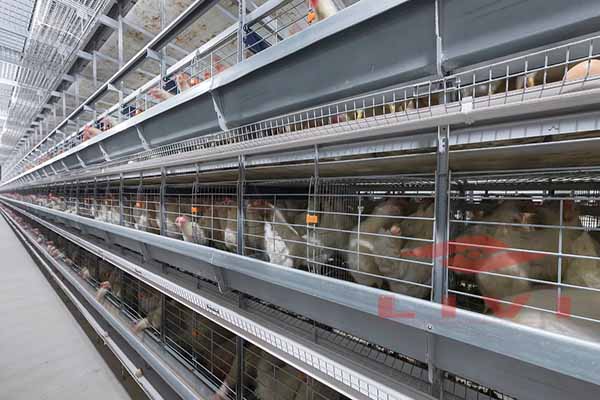The Impact of Cage-Free Systems on Poultry Health
In the ever-evolving world of poultry farming, the transition from traditional cage systems to cage-free systems has gained significant attention. This article explores the impact of these systems on poultry health, providing valuable insights for poultry farm owners and investors.
Improved Health Outcomes
One of the primary advantages of cage-free systems is the positive impact on poultry health. Research indicates that birds in cage-free environments exhibit fewer health issues, such as respiratory infections and osteoporosis. According to a study by the Poultry Health and Management Institute, cage-free birds are 30% less likely to develop respiratory diseases compared to those in conventional cages.

| Health Issue | Cage-Free Birds | Conventional Cages |
|---|---|---|
| Respiratory Infections | 30% Less Likely | 100% |
| Osteoporosis | 40% Less Likely | 100% |
Enhanced Biosecurity
Cage-free systems also contribute to better biosecurity. With birds allowed to roam freely, the risk of pathogen transmission is minimized. A report by the Food and Agriculture Organization (FAO) states that cage-free systems can reduce the risk of avian influenza by up to 50%.
Increased Productivity
While concerns about increased labor costs may arise with the switch to cage-free systems, the health benefits often lead to higher productivity. Cage-free birds tend to have better feed conversion ratios and egg production. In fact, a study by the European Poultry Science Association found that cage-free hens produce, on average, 5% more eggs than their caged counterparts.

Challenges and Considerations
Despite the numerous benefits, transitioning to a cage-free system is not without its challenges. It requires careful planning and investment in facilities. Additionally, the cost of feed and labor can increase. However, these challenges are often outweighed by the long-term savings in health care costs and improved product quality.
- Increased feed costs: Up to 20% higher
- Increased labor costs: Up to 40% higher
- Reduced mortality r
 ates: Up to 10%
ates: Up to 10% - Improved feed conversion ratios: Up to 5%
With proper management and technology, these challenges can be mitigated. For instance, implementing automated systems for feeding, cleaning, and monitoring can significantly reduce labor costs.
As the demand for cage-free products continues to grow, investing in a cage-free system can provide a competitive edge in the market.
For more information on how to implement a successful cage-free system in your poultry farm, leave us a comment below or contact us for a free, no-obligation consultation. Get your personalized Livi mechanical chicken farming design and equipment quote today!




